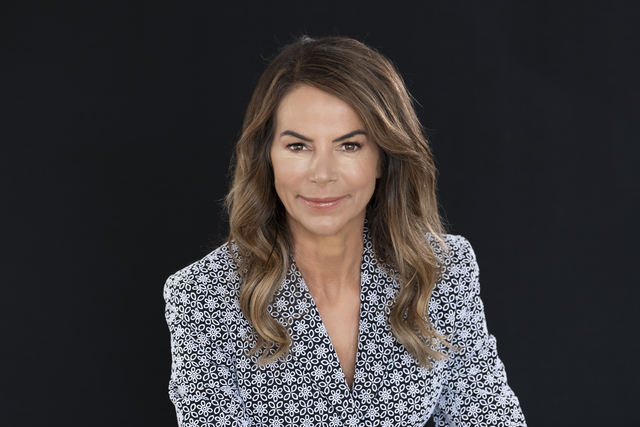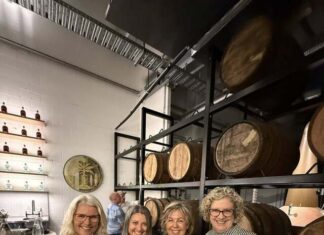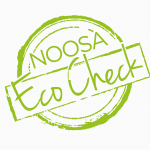At last month’s Council meeting, I was proud to see my motion pass with strong support (6–1). The motion requests that council’s chief executive officer prepare a detailed report on the cost and scope of conducting a comprehensive audit of all council-owned accessible (mobility) parking spaces across the Noosa Shire. This report will also assess whether current demand exceeds the minimum standards prescribed under the National Construction Code (NCC). The findings will inform the 2025–26 budget deliberations.
This motion responds to an important community expectation: that our accessible infrastructure should go beyond compliance and reflect best practice—designed for real-world use, safety, and dignity.
Accessible parking is critical infrastructure. It enables people with disabilities, older residents, and those with temporary or permanent mobility challenges to engage fully, safely, and independently in everyday community life. Whether attending medical appointments, shopping locally, or enjoying our natural spaces, accessible parking is often the gateway to participation.
However, despite the clear necessity, ongoing feedback from residents reveals persistent challenges. Accessible bays are often too narrow to accommodate wheelchairs or mobility aids safely. Some are poorly positioned—far from kerb ramps, entrances, or pedestrian crossings—and many are frequently occupied, leaving vulnerable residents without suitable options.
The National Construction Code currently mandates only one accessible parking space for every 100 standard spaces. While this baseline sets a minimum, it does not always reflect the realities of demand, especially in places such as healthcare centres, community halls, libraries, and retail precincts where the need can be significantly higher. We must ask ourselves: is this minimum sufficient for Noosa’s evolving population and needs? Are these spaces positioned where they will be used? Are they designed for true accessibility, not just technical compliance?
This comprehensive audit will provide council with the data it needs to answer these critical questions. It will assess not only compliance with legislative requirements but also the practical effectiveness of our current infrastructure. Accessibility is not about ticking boxes—it’s about removing barriers and enabling full participation.
Equally vital to this process is meaningful consultation. The audit will include engagement with individuals with disabilities, caregivers, older residents, and advocacy groups who face these challenges on a daily basis. Their lived experience is invaluable in ensuring that any improvements are both functional and respectful, resulting in changes that truly enhance usability and dignity.
This issue is deeply personal to me. Over many years, I have volunteered with the Seahorse Nippers program at Noosa Heads—a surf lifesaving initiative that supports children with disabilities to participate fully and safely in the water. I have witnessed firsthand how access transforms lives. I have also worked alongside former Mayor Stewart, State MP Sandy Bolton, community organisations, Smile for a Child Foundation, and the Tewantin Noosa Lions Club to deliver vital infrastructure such as the Noosa Main Beach Mat and public beach wheelchairs, ensuring our stunning coastline is accessible to all.
The demographics of Noosa make this motion timely and urgent. According to the 2021 Census, over 3,000 residents—5.6% of the population—require assistance with core daily activities due to disability. Our median age is 50 years, well above the national average, and in many hinterland areas, more than a quarter of residents are aged 65 or older. This reality demands forward-thinking, inclusive planning that anticipates and meets the needs of our community today and into the future.
Importantly, this motion does not commit council to immediate expenditure. Instead, it ensures that we gather comprehensive information to make informed, strategic decisions in the upcoming budget cycle. It is a responsible and necessary step toward making Noosa more accessible by design.
Inclusion doesn’t happen by accident—it happens by intention. If we are serious about creating a community that values equity, dignity, and respect for all, we must plan and act accordingly. This motion is a vital part of that commitment.
Noosa is Different by Nature. Let’s also be different in how we lead on access and inclusion, ensuring every member of our community can participate fully and safely.
(This article reflects my personal views and does not represent the official position of Noosa Council.)







